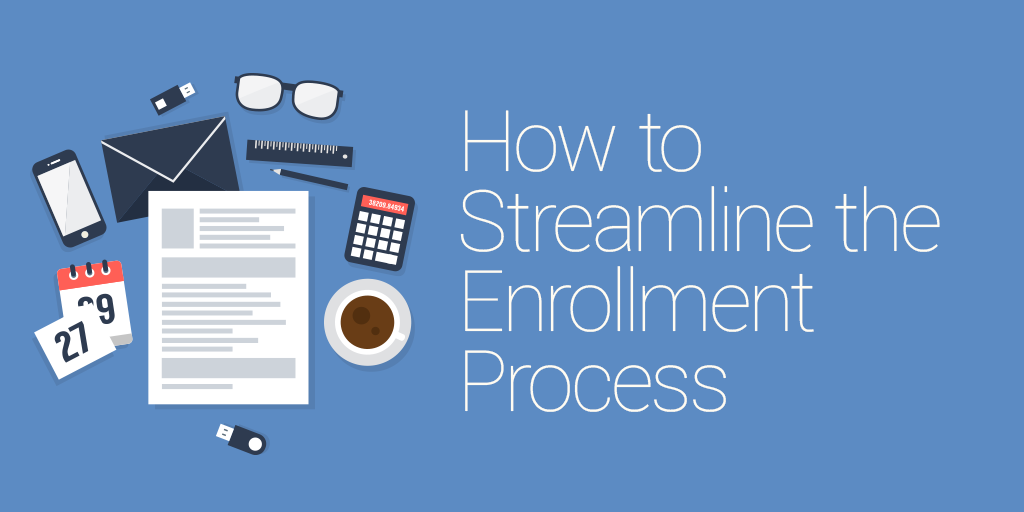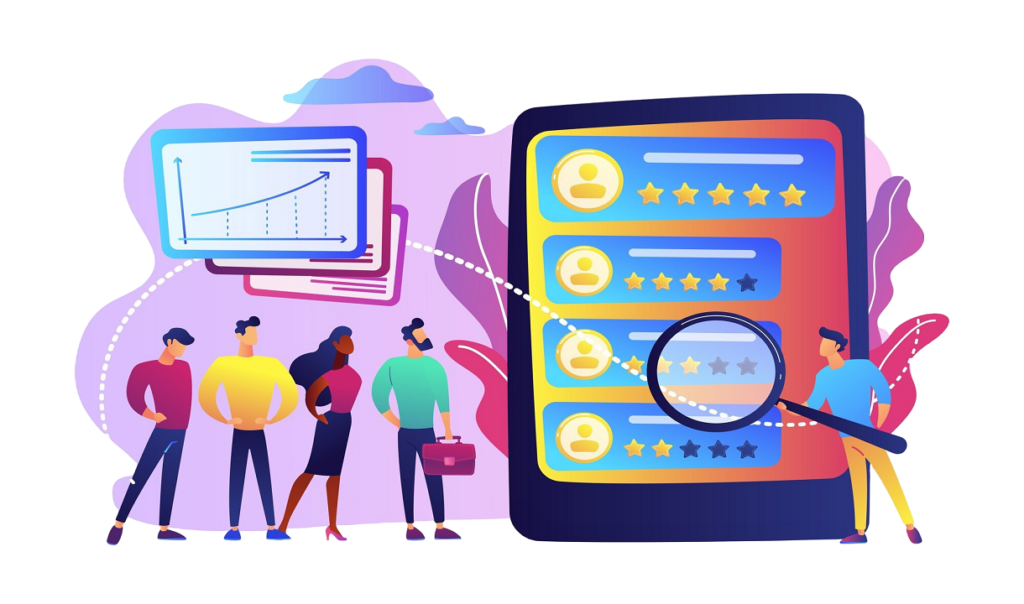Effective lead generation is invaluable in an online learning platform for increasing the success rate in this rapidly changing world of online education. Amidst the growing competition, the expectations of the students have changed, too, and institutions must come up with innovative tactics to attract prospects toward converting them into enrollment. This article has come up with some practical lead-generation strategies that will help online learning platforms build a strong base of students and maximize the rate of enrollment.
A recent survey indicated that 78% of online learning platforms prioritize lead-generation strategies to boost student enrollment. This highlights the importance of implementing effective tactics to capture and nurture leads. By focusing on personalized outreach, optimized marketing efforts, and a streamlined enrollment process, online education providers can significantly enhance their lead-generation efforts.
Understanding online learning lead generation
Online learning lead generation focuses on attracting and converting potential learners into enrolled students for e-learning platforms or institutions. This involves identifying target audiences, creating tailored marketing strategies, and utilizing data-driven insights to drive engagement.
- Targeted outreach: Discover who your target consumers are.
- Effective content marketing: It is required to produce the useful qualities that are needed by the student.
- Utilizing social media: Links like Facebook and LinkedIn should be used in contacting the target learners but not limited to them.
- Optimized landing pages: Optimise landing pages that can deliver visitors to clients.
The following strategies are quite feasible, and if adopted, will assist learning platforms not only find potential learners but also engage them during the enrollment process.
Leveraging digital marketing for student acquisition
Digital marketing plays a pivotal role in attracting and enrolling students by leveraging targeted strategies to enhance visibility and engagement. For educational institutions and online learning platforms, effective student acquisition involves understanding the needs of prospective learners and connecting with them through personalized, data-driven campaigns.
Core strategies:
- SEO and content marketing: Create educational blogs, guides, and resources to attract organic traffic.
- Social media outreach: Engage students through platforms like Instagram, LinkedIn, and YouTube with compelling visuals and testimonials.
- Email marketing: Use personalized email campaigns to nurture leads and provide updates about programs.
- Paid advertising: Employ PPC campaigns on Google and social platforms to boost reach and conversion rates.
- Webinars and virtual tours: Offer interactive sessions to showcase programs and campus life.
By aligning marketing efforts with student interests, institutions can achieve higher enrollment rates, build strong brand recognition, and establish meaningful connections with learners.
Creating engaging content
The material has to be of premium quality since the virtual classroom solely relies on the content provided. This is particularly important if your business is producing great content that can be properly aligned with its target market.
- Blogging: Occasionally it is helpful to write and post blogs, which can relate to subjects connected to your courses. For instance, the article “Top Skills to Learn for Future Careers” will interest a student who needs to advance in his or her career.
- Webinars and live Q&A sessions: Schedule some informational Sessions so that the possible students can meet the instructors and get to know more about Our programs and classes. It is simply that it helps raise participants’ profile interest and trust.
Implementing SEO best practices
Effective SEO (Search Engine Optimization) practices help websites rank higher in search engine results, driving organic traffic and enhancing visibility. Key strategies include conducting thorough keyword research, optimizing on-page elements like titles, meta descriptions, and headers, and creating high-quality, relevant content. Technical aspects, such as improving site speed, ensuring mobile-friendliness, and building a secure website, are equally critical. Additionally, link-building through credible sources and maintaining an updated content strategy can significantly boost search rankings. Implementing these best practices fosters long-term growth, improved user experience, and a stronger online presence.

- On-page SEO: Specifically enhance your website and your content for the right keywords.
- Link building: Be in harmony with other educational sites to increase your credibility.
By optimizing for search engines, you can attract more organic traffic to your platform and improve your lead-generation efforts.
Enhancing student engagement through virtual classrooms
Virtual classrooms ensure learning in an interactive and flexible environment. Applications that include live videos, real-time collaboration, and learning pathways are keeping them engaged. Incorporate gamification, media content, and discussion forums, would lead to more participation and community-like behavior. By utilizing advanced technology combined with an innovative teaching approach, virtual classrooms will be dynamic, inclusive spaces that raise student motivation and learning results.
Personalizing the learning experience
Creating a personalized learning environment can significantly improve student engagement. Consider implementing:
- Tailored course recommendations: Develop the filtering techniques that will recommend to the student, courses in accordance to their preferences and previous behavior.
- Interactive learning tools: Second, add quizzes and polls and establish discussion forums in order to enhance the interest in the learning process.

Using analytics for lead scoring
It can be seen that someone who is into analytics can gain a lot of insights into the behavior of students. Lead scoring will help you sort the leads according to the level of engagement you have with them. This can involve:
- Tracking user activity: Pay attention to potential students’ activity as well as how they respond to the content placed on your website.
- Segmenting leads: Sector and sub-sector-based segmentation for all types of leads to effectively follow them up.
Thus, used together, these metrics help you distinguish between good leads and direct your work on the transformation of these leads into enrolled learners.
Optimizing the enrollment funnel
Optimization of the enrollment funnel means refining every stage of the student journey from initial awareness to final enrollment in order to maximize the rate of conversions. Key strategies involve the building of targeted marketing campaigns, leveraging personalized communication, and streamlining the application process. By analyzing data, identifying bottlenecks, and improving user experience, institutions can direct prospects through the decision-making process efficiently. The effect of an optimized enrollment funnel is one of greater engagement, higher enrollment rates, and better resource allocation toward activities of long-term growth.
Streamlining the enrollment process
This may repel potential students, mainly because the enrollment process could be quite complicated. To simplify:
- Clear call-to-action: About your landing page, the recommended call-to-action is direct – sign up or learn more among others.
- Mobile optimization: Make the registration process portable, students should be able to register from their mobile phones.

Nurturing leads through automation
Implementing education marketing automation tools can streamline your lead nurturing efforts. These tools allow you to:
- Send automated emails: Continuously engage with potential clients, who, although, have not pursued enrollment into the program.
- Segment audiences: Make segmented and targeted email marketing that corresponds to the leads’ actions and activity.
By automating these processes, you can save time and ensure a consistent communication flow with potential students.
Fostering student retention strategies
Effective retention strategies focus on how to keep learners engaged, motivated, and supported throughout the academic journey, including personalized learning experiences, good relationships between students and teachers, and academic and emotional support services. A few of the important strategies include developing an inclusive learning environment, providing mentoring programs, and establishing open lines of communication to help decrease dropout rates. This, in turn, helps institutions to gain better success and satisfaction of students.
Building a community
Fostering a sense of community can enhance student satisfaction and retention. Consider:
- Creating online forums: Create discussion boards that will allow the students to discuss the content of the course and make contributions.
- Regular check-ins: Another way to take feedback and know about any issue students have or want to raise is through the automation of surveys.

Offering continuing education opportunities
Education ongoing can keep students engaged beyond the first sign-up for a class. Consider:
- Alumni programs: Develop alumni audiences for continued participation in the higher level courses or assemblages.
- Certification programs: You can then issue certificates at the end of a given course to add value to your service.
Conclusion
Leads are crucial especially for the success of online learning platforms since lead generation can either be effective or ineffective. Several specific areas provide opportunities for improving student acquisition by educational providers; these include the use of relevant content, marketing, and the enrolment process. Furthermore, increasing student enrollment engagement through community learning and development as well as offering follow-up education guarantees its sustainable development.
By embracing these tactics, online learning platforms can optimize their prospecting returns and generate competitive advantage within the always-evolving online learning market. It is therefore important to clearly define the role of lead generation as not just about attracting the students but nurturing them enough to achieve their ultimate education goals.






